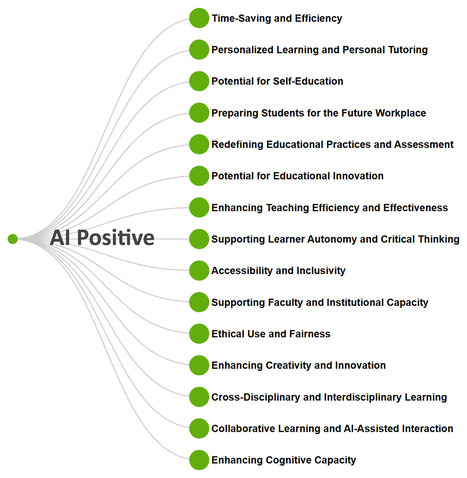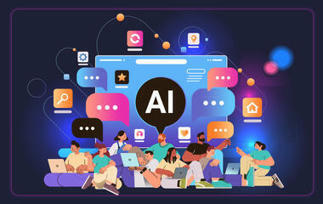Pearson’s Lost in Transition report highlights a critical challenge: The workforce is struggling to keep pace with the rapid evolution of technology. The ability to “learn to learn” — to quickly acquire, adapt and apply new skills — has become one of the most valuable competencies for students. Yet some education systems continue to prioritize static knowledge instead of promoting adaptability and continuous learning.
Consider this: Technology is advancing faster than traditional learning models can accommodate. If students lack the skills to navigate constant change, they risk being left behind. It is essential for schools to emphasize the development of critical thinking, problem-solving skills and independent learning so we can better equip students to navigate the complexities of an unpredictable and swiftly evolving tech-powered future.
No comment yet.
Sign up to comment





 Your new post is loading...
Your new post is loading...








![[PDF] The effect of ChatGPT on students’ learning performance, learning perception, and higher-order thinking: Insights from a meta-analysis | Edumorfosis.it | Scoop.it](https://img.scoop.it/Ddw97hbwQ3Y6dniQfNhAmjl72eJkfbmt4t8yenImKBVvK0kTmF0xjctABnaLJIm9)

![[Anthropic Education Report] How university students use Claude | Edumorfosis.it | Scoop.it](https://img.scoop.it/ssLfFiVxVpz7Yb0ZilM2fjl72eJkfbmt4t8yenImKBVvK0kTmF0xjctABnaLJIm9)




![[PDF] La IA en la Educación: Los futuros que nos esperan | Edumorfosis.it | Scoop.it](https://img.scoop.it/2iM4mKWcv5xduf7KMwBjwjl72eJkfbmt4t8yenImKBVvK0kTmF0xjctABnaLJIm9)
![[Opinion] AI will destroy Critical Thinking in K-12 | Edumorfosis.it | Scoop.it](https://img.scoop.it/gyujRaIGTHCcPSyWoBykBDl72eJkfbmt4t8yenImKBVvK0kTmF0xjctABnaLJIm9)










